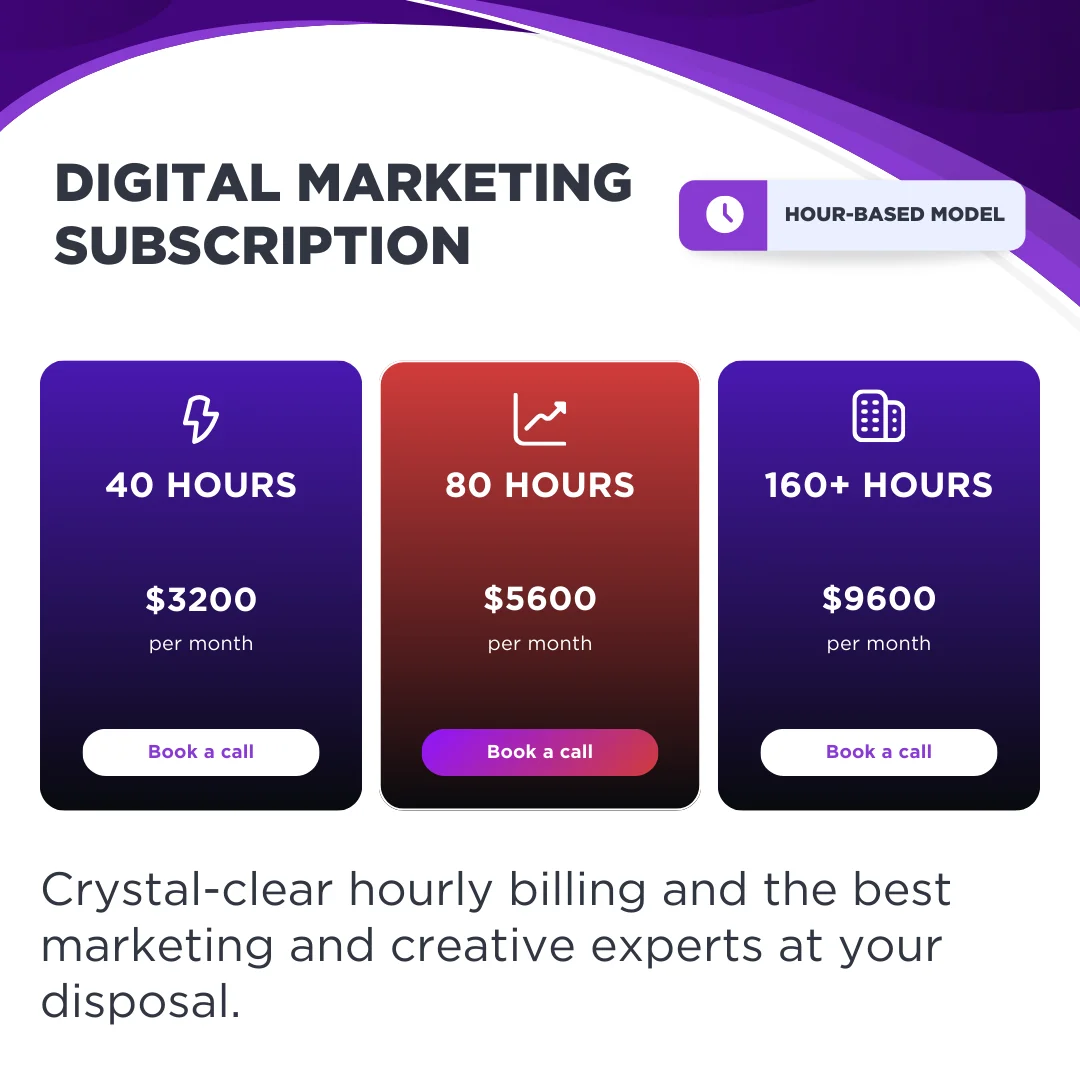“Content is king.” You’ve likely heard this phrase before, but it’s more relevant than ever in the world of SEO. While technical SEO helps search engines crawl and index your site, content is what keeps users engaged and coming back. Well-crafted, keyword-optimized content plays a pivotal role in determining how well your website ranks in search results.
In this post, we’ll discuss why content quality is critical for SEO, how to create SEO-friendly content, and the role that user engagement metrics play in driving rankings.
Why Quality Content is Crucial for SEO
1. Relevance and User Intent
Search engines like Google prioritize content that is relevant to the user’s search query. When your content answers the user’s questions or solves their problems, it’s more likely to rank higher. Keyword-stuffed or low-quality content that doesn’t serve user intent will not perform well.
2. Engagement Metrics
Search engines use engagement metrics, such as dwell time (how long users stay on a page) and bounce rate (the percentage of users who leave your site after viewing one page), to gauge content quality. High-quality content encourages users to stay longer and explore more pages, which signals to search engines that your content is valuable.
3. Content Freshness
Regularly updating your content with new information or insights helps keep it relevant and can boost your rankings. Google rewards fresh, up-to-date content, particularly in industries where information changes rapidly, like technology or finance.
How to Create SEO-Friendly Content
1. Keyword Research and Optimization
Keyword research is the foundation of creating SEO-friendly content. Identify keywords that are relevant to your audience and strategically integrate them into your content. However, avoid keyword stuffing, as this can harm your rankings.
Tips for Keyword Optimization:
- Include your primary keyword in the title, meta description, and headers.
- Use related keywords and synonyms throughout the content to provide context.
- Focus on long-tail keywords (e.g., “best SEO strategies for small businesses”) to attract more targeted traffic.
2. Content Structure and Readability
Well-structured content is easier for both users and search engines to digest. Break up your content into sections with clear headers, and use bullet points, lists, and images to enhance readability.
Tips for Structuring Content:
- Use H1 for the main title and H2, H3 for subheadings.
- Write short paragraphs to improve readability, especially on mobile devices.
- Include internal links to other relevant pages on your website to keep users engaged.
3. Multimedia and User Engagement
Engaging your audience with multimedia content not only enhances user experience but also improves dwell time—a key metric that search engines use to determine the relevance and quality of your content. Visual content such as infographics, videos, and charts can break up long blocks of text and make your content more engaging and informative.
How to Use Multimedia for Better Engagement:
- Images: Include relevant, high-quality images that complement your text. Make sure to use descriptive alt text for images to improve accessibility and help search engines understand their context.
- Videos: Embedding videos related to your content can increase the time users spend on your page, signaling to search engines that your page is valuable. Create short explainer videos, product demos, or tutorials.
- Infographics: Infographics simplify complex information, making it more digestible and shareable. Infographics are also highly shareable on social media, potentially driving more traffic to your site.
4. Content Length and Depth
Long-form content tends to rank better in search engines because it covers topics in-depth and provides more value to the reader. However, content length alone is not enough—depth and relevance are key. Aim to create detailed, authoritative content that thoroughly addresses the topic and provides unique insights or solutions to users’ problems.
How to Create In-Depth Content:
- Research Thoroughly: Make sure your content answers all possible questions a user might have about the topic.
- Use Data and Case Studies: Support your points with credible data, case studies, and examples to add authority.
- Answer FAQs: Address frequently asked questions in your content to provide comprehensive information that satisfies user intent.
5. User Experience (UX) and SEO
User experience and SEO are closely intertwined. A well-designed website that offers a smooth and intuitive user experience is more likely to retain visitors, resulting in better SEO performance. Elements such as site speed, mobile responsiveness, and easy navigation all contribute to both user satisfaction and SEO.
Key UX Factors That Impact SEO:
- Page Load Speed: A slow-loading page frustrates users and leads to higher bounce rates. Ensure your website is optimized for speed to keep users engaged.
- Mobile-Friendliness: With Google’s mobile-first indexing, your content needs to be optimized for mobile devices. Responsive design and fast mobile load times are crucial for both user experience and SEO.
- Clear Navigation: Make sure your website is easy to navigate, with clear menus and internal links that guide users to relevant content.
6. Content Freshness and Updating
Content freshness is a factor Google considers when ranking web pages, especially for time-sensitive topics. Regularly updating your content with new information keeps it relevant and can boost your rankings over time. This is especially important for industries like technology, health, and finance, where new developments happen frequently.
How to Keep Content Fresh:
- Update Existing Posts: Regularly revisit old blog posts and refresh them with new data, case studies, or examples.
- Repurpose Content: Convert existing content into different formats like videos, infographics, or podcasts to reach a wider audience while keeping the material fresh.
- Create Evergreen Content: Write content that remains relevant over time and periodically refresh it with new information or insights to maintain its value.
Measuring the Impact of Content on SEO
To understand how your content efforts are impacting your SEO, it’s important to track specific metrics that gauge both the performance of your content and the overall health of your website.
1. Organic Traffic
Organic traffic refers to visitors who come to your site through search engines rather than paid ads. Increasing organic traffic is the primary goal of SEO, and it indicates that your content is successfully ranking for relevant search queries.
2. Keyword Rankings
Track the position of your target keywords in search engine results pages (SERPs). Regularly monitor your keyword rankings to see how your content is performing and make adjustments as needed.
3. Bounce Rate
Bounce rate measures the percentage of visitors who leave your site after viewing only one page. A high bounce rate could indicate that your content isn’t meeting user expectations, while a low bounce rate signals good engagement and relevant content.
4. Dwell Time
Dwell time refers to how long a user stays on your website after clicking on it from a search engine results page. Longer dwell times suggest that users are finding your content valuable and engaging.
5. Backlinks
Backlinks from reputable websites are a strong indicator of content quality. If other websites are linking to your content, it signals to search engines that your content is authoritative and worth ranking. Learn How SEO Drives Business Growth.
Conclusion: Quality Content is the Cornerstone of SEO Success
Creating high-quality, well-optimized content is at the core of any successful SEO strategy. By focusing on relevance, user experience, keyword optimization, and regular content updates, your business can achieve higher search rankings, drive more organic traffic, and build lasting relationships with your audience.
Remember, content isn’t just about writing for search engines—it’s about creating value for your users. When you provide informative, engaging, and well-structured content, both users and search engines will reward you.
Need help crafting SEO-optimized content for your website? Contact Oriential today to learn how we can boost your search rankings and create content that resonates with your audience.
Boost Your SEO with High-Quality Content
Oriential specializes in crafting content that ranks. Let’s develop SEO-focused content to grow your business.




